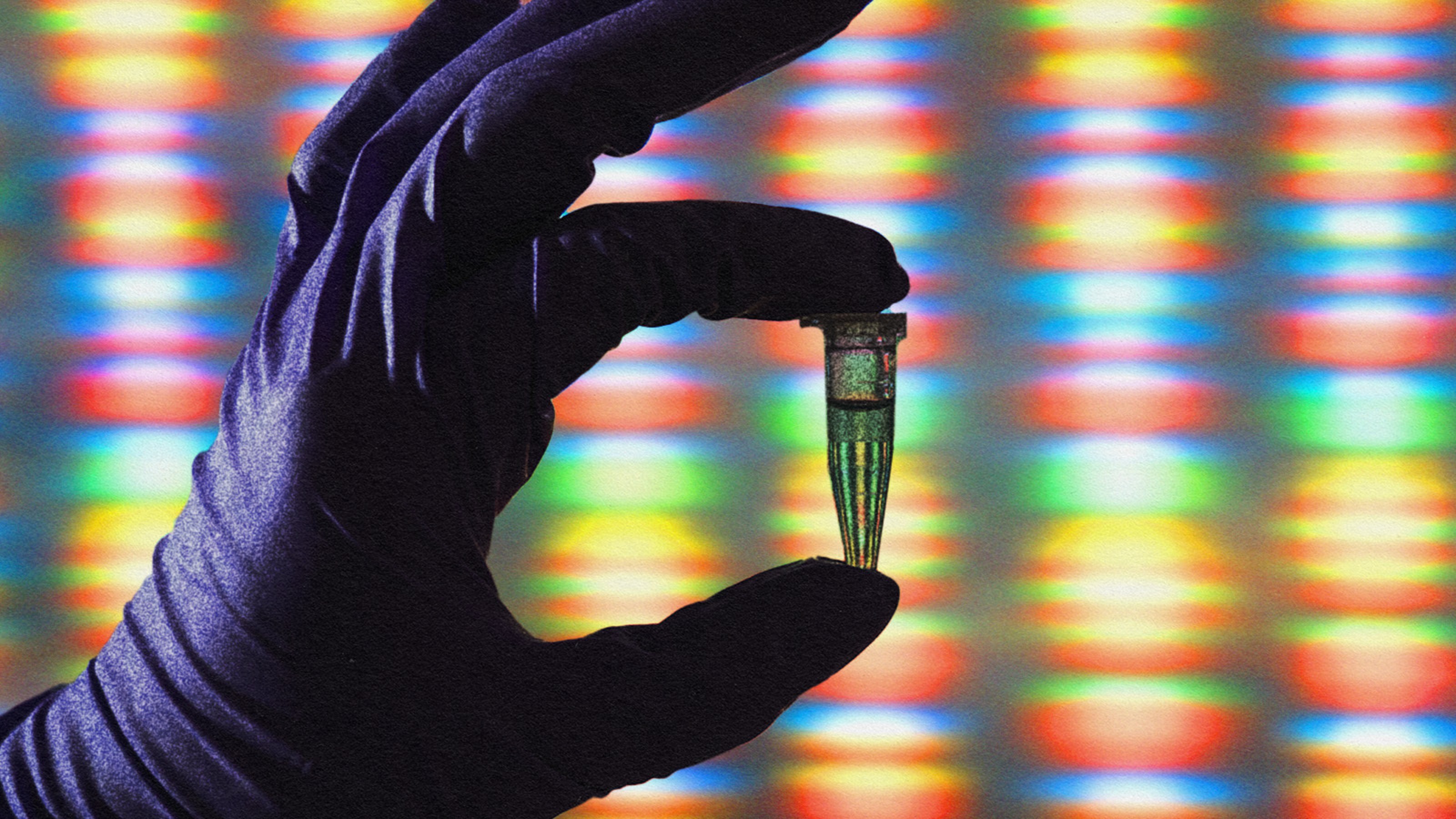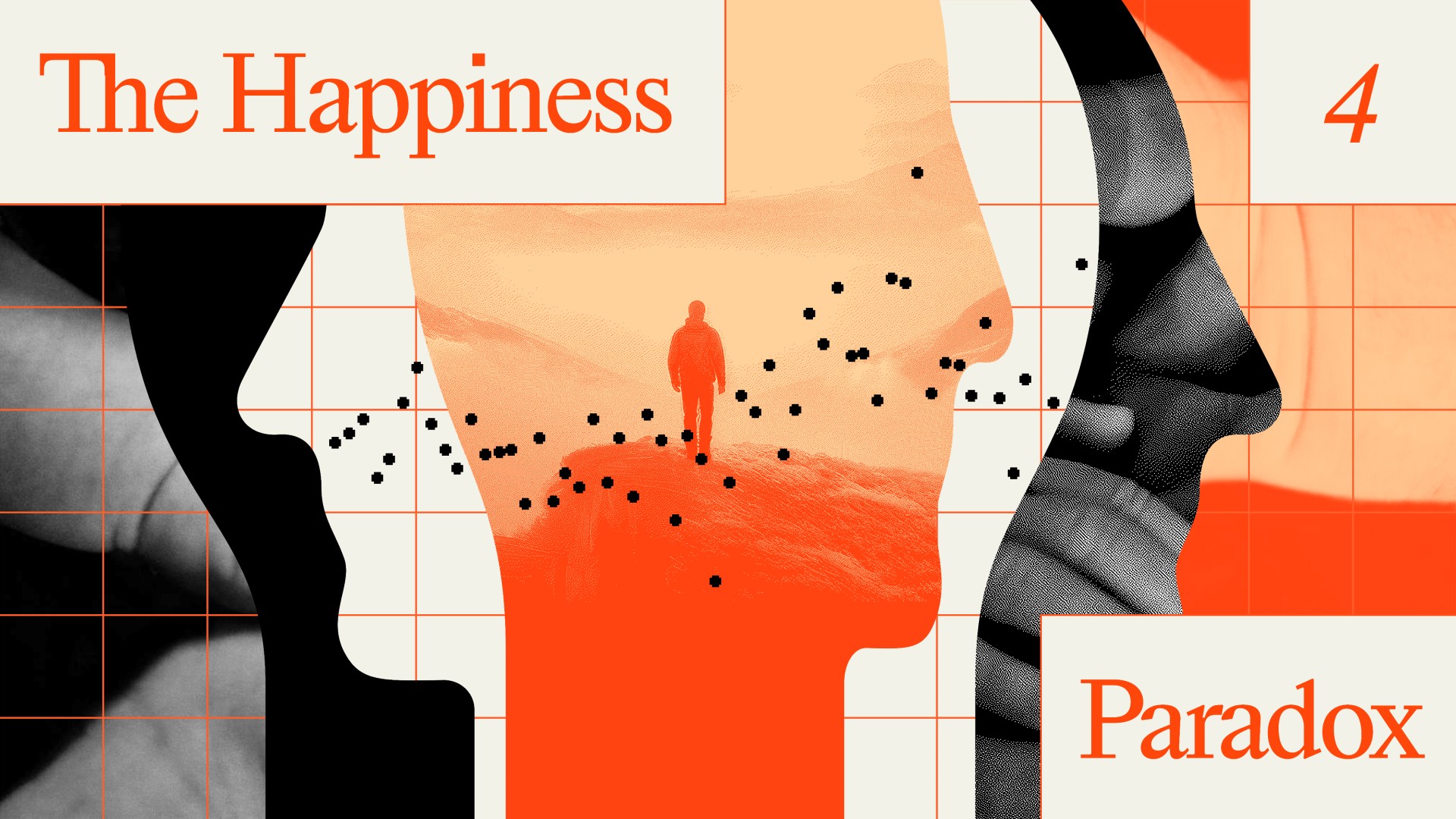The first time de Pury plunked down money for art, he got the collector’s disease.
Simon de Pury: Actually while I was passionate about art for a long time, I became a collector quite late in life. I only became a collector in my mid thirties. But I was perfectly content before to be surrounded by great works of art in my professional career, and I did not feel the need to own them. It’s only once I made myself the first step to spend what, for me, was quite a bit of money on my first meaningful acquisition – from that moment on I was hooked, and it was no longer enough to be surrounded by great art. I needed to own it. And so I suffered then. I caught the bug that all our clients have. They all suffer from the same disease. It’s the most wonderful illness in the world; totally incurable. And as many different shapes and forms to that illness as there are different collectors.I started with a tiny auction house in ... called Kornfeld where they were handling great works on paper – prints and drawings. And from the very beginning I was able to physically handle works by Picasso, by Monk, by Toulouse Lautrec – by some of the greatest 19th and 20th century artists. And as it was a tiny company, I did everything. I was writing the invoices, doing the packages, holding the works, doing the auction, looking over the shoulders of Mr. Kornfeld while he was preparing the catalogs. After that I moved to Sotheby’s in London where I was part of the evaluation department. I was given a car and a map of England and Scotland, and I was driving around all the time and visiting furniture clients. And I was giving evaluations on English furniture. Then I moved to Sotheby’s Monte Carlo and then opened the Sotheby’s Geneva office. While working for Sotheby’s I got to know ... who was in the ‘70s and ‘80s the biggest collector worldwide. He was collecting from old master paintings right up to contemporary art – from carpets, to furniture, to medieval works of art – right across the board. And he asked me to become curator of his collections. So I moved to Nagano in Switzerland, the ..., and I ran his collection which was open to the public. I organized a lot of exchange exhibitions with then Soviet museums – the ... in St. Petersburg; the Pushkin in Moscow and so on. So that was a phenomenal opportunity for me. And then after that I went back to Sotheby’s as first Managing Director of Sotheby’s Europe, and eventually chairman of Sotheby’s Europe, Chief Auctioneer, and spent 11 more years at Sotheby’s when I . . . when I went back there. Recorded on: 2/7/08





